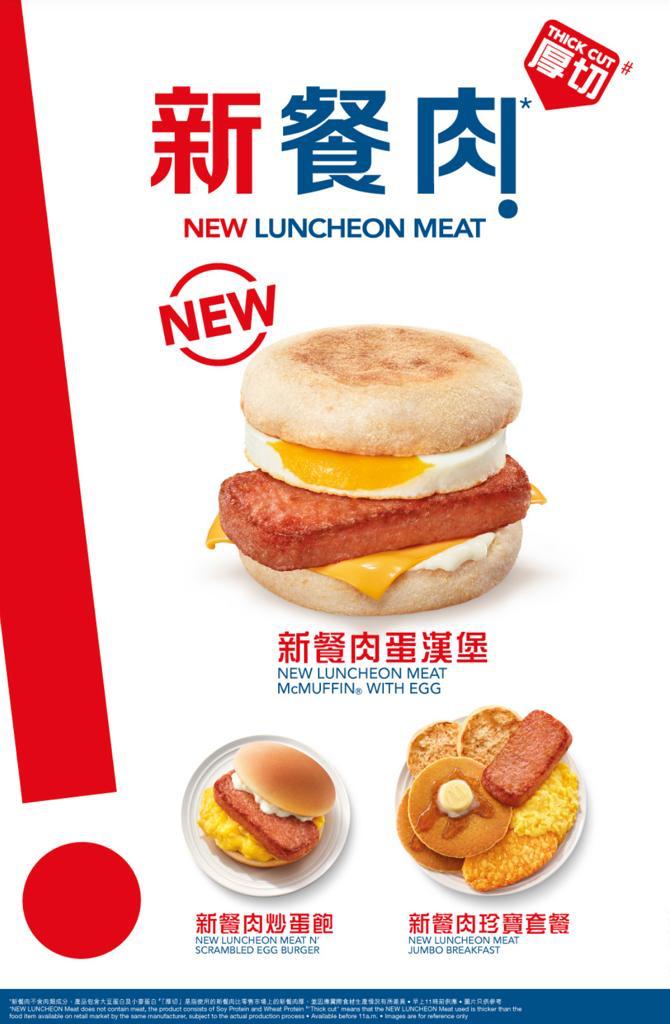Private consumption in the Chinese economy is expected to reach around $12.7 trillion by 2030. Experts anticipate the Chinese consumption to more than double within 10 years compared to the spending of $5.6 trillion in 2019. This translates to an annual private consumption growth rate of 7.9% over the next 10 years. With this outlook ahead, understanding Chinese consumer values is crucial to capture the Chinese market.
According to the Chinese consumer report published by Morgan Stanley in January 2021, the average disposable income is expected to double by 2030, reaching $12,000. Along with rapid economic growth, Chinese consumers have experienced immense societal transitions during their lifetimes, one of them being an increase in the Chinese middle-class.
With all the changes arising, Chinese consumer values are also transforming. It is important for companies to be aware of those changes and not purely assume that Chinese consumer values are the same as local Western values.
Trend #1: Chinese consumers are increasingly concerned with their health
Chinese consumers are spending more on health and lifestyle related products. According to McKinsey’s Chinese Consumer report 2020, the two products that showed the highest growth between 2017 and 2018 were fresh milk and yoghurt, with 50% and 38% survey participants indicated an increased spending respectively.
Additionally, for a majority of the consumers the most important selection criteria are “healthy and natural ingredients” when deciding for food items. The COVID-19 crisis has only exaggerated this trend . According to McKinsey’s Chinese Consumer report 2021, 75% of the respondents plan on eating healthier after the pandemic.
Moreover, Chinese consumers are very willing to pay more for healthy products. Nielsen determined that 82% of the Chinese consumers would pay a higher price for food items without unhealthy ingredients. The proportion is significantly higher than the international average of 68%.
Not only are healthy products valued by Chinese, but 89% of Chinese respondents stated that exercise was ether important or very important to them, with only 0.2% of those surveyed saying exercise is not at all important to them.

Many companies have already started adjusting their offering to please the health and fitness trend in China. In 2021 McDonald’s introduced their first vegan product in three Chinese cities – Shanghai, Guanghzhou, and Shenzhen. The vegan spam version is an OmniPork Luncheon Meat that was previously tested out across McDonald’s locations in Hong Kong and Macau.
Trend #2: The unstoppable lazy economy

Even prior to the COVID-19 pandemic, the technology of China’s convenience economy had already surpassed that of the west. Fast-paced urban lifestyles and the appreciation of technology contribute to the Chinese consumer value of convenience, establishing what is described as the ‘lazy economy’. It was further enforced through the COVID-19 pandemic when Chinese consumers were encouraged to stay home as much as possible.
The ecosystems for food delivery, e-commerce, and video streaming had already been in place prior to COVID-19, and during the time focused on consumer acquisition. The McKinsey Chinese consumer report 2021 determined that around 55% of Chinese consumers plan on increasing their online grocery purchases after the COVID-19 pandemic.
Convenience plays a crucial role for Chinese in developing the online-to-offline food delivery model. Even many elderly stopped stockpiling vegetables for holiday celebrations and switched to ordering fresh goods online. More and more consumers order pre-made dishes online for the holidays to enjoy their family gathering without the effort of preparing meals from scratch. As a result, the market of semi-prepared dishes increased 16 times from 2018 to 2019.
The Chinese consumer trend does not only include food items but also expands further. Chinese consumers wish to access and consume goods from the comfort of their home at their own desired time. Fitness apps and virtual showrooms are just two of many examples that showed a large growth.
Trend #3: Nationalism and the growing preference for Chinese brands
Guochao (国潮) describes the popularity growth of local Chinese brands compared to international brands. Young Chinese consumers are showing pride in their own culture and feeling that the local brand can express their identity.
Whereas i 2009 only 38% of Baidu searches for brands were for domestic brands, this number increased to 70% by 2019. 20-29 years olds drove this growth, accounting for more than 60% of the online searches on Chinese brands.

Chinese consumer rank Chinese brands as their preferred choice for products across various categories

Based on our in-depth interviews on the topic of Guochao, Chinese gen-z consumers strongly prefer Chinese brands in fashion, with the exception of luxury where there is still a clear preference for foreign brands. Also, increasingly more Chinese consumers state that they have prefer Chinese brands in food, cars and even tech. However, without a clear brand positioning, many Chinese consumers are confused by the country of origin. Brands that are long-established in China are often mistaken for local brands. According to the McKinsey China consumer report 2020, nearly 50% of respondents believed brands such as 7up and Yakult were of Chinese origin. Chinese brands with international branding, on the other hand, were often mistaken as non-Chinese.
Trend #4: Chinese consumer heavily rely on word-of-mouth (WOM)
Before making a purchase, the Chinese consumer often gathers information through checking product reviews. The opinions of others from family and friends, to KOLs (Key Opinion Leaders), and KOCs (Key Opinion Consumers) all are important in the decision making process. In fact, an estimate of 20% to 50% of all buying decisions are impacted by some form of WOM.
According to Equal Ocean’s live streaming market report from 2020, the live streaming market size in 2016 had an estimated worth of 23 billion yuan and is set to increase its market value to 103 billion yuan by 2023.
One of the most viral KOLs is Li Jiaqi who who specializes in beauty. He has more than 40 million followers on Douyin, and on the iconic singles day in 2019, Li Jiaqi sold products worth US$145 million on Taobao, making him one of the most influential KOLs in China.
However as authenticity is an important aspect of word-of-mouth marketing, KOCs, China’s micro-influencers are gaining value. KOCs are often more loyal to a specific brand, and as they are rewarded significantly less than KOLs, they appear more authentic to consumers. Many domestic brands are tapping into China’s unlimited supply of KOCs on social media platforms like Xiaohongshu and Douyin.

Trend #5: Chinese consumer place greater emphasis on brand engagement and experience
China’s immersive O2O shopping ecosystem creates rich opportunities to engage consumers both online and offline.
In terms of online, brands utilize features like WeChat mini-programs to create experiences like gamification. Gamification connects typical features of a game to a brand or company. It does not only stimulate the engagement with a product or a service but also increases the brand awareness while entertaining consumers.

McDonald’s experienced a large success with an exercising game to promote its sakura ice cream cone. Partnering with Baidu maps, participants moved around the city and received a notification if they were eligible for a free ice cream at a nearby McDonald’s station. The event met the Chinese consumer value well, the website counted more than 20 million views and 500,000 shares, as well as almost 70 million reads about the event on social media. With those engagement numbers, the event was also named on top searches on Sina Weibo.
Offline, stores are becoming more experiential. Phenomena such as pop-up shops have been sprouting in Chinese shopping centers equipped with product try-ons, instagrammable store aesthetics, and limited edition goods.
Stores are also providing more than just products, but function as an experience where consumers can learn more about the brand, get connected with them on social media, take pictures, and all in all, create memorable experiences. This means foreign brands have to adapt to experience-oriented Chinese consumers, for example, Ikea in China has even started allowing Chinese shoppers to nap and hangout in store displays. In 2017, Starbucks opened its first augmented reality store as a roastery in Shanghai where consumers can learn more about the coffee making process by scanning QR codes throughout the store.
The keys to meeting Chinese consumer values
- Do not assume Chinese and Western consumers have the same values, view the market with a beginner’s mindset and conduct research to learn about the consumers.
- Chinese consumers are willing to pay more for healthy products and their understanding of health and wellness is growing.
- Convenience is also one of the top Chinese consumer values, being able to access a product or service at their own desired time and location is important to fit their lifestyles.
- Chinese consumers are increasingly supporting guochao and local brands. However, with the right branding and acceptance of local culture, foreign brands partake in the Guochao trend.
- Chinese consumers heavily rely on WOM and are influenced by KOLs, KOCs and product reviews.
- Engagement and experience is crucial in both online and offline environments.





